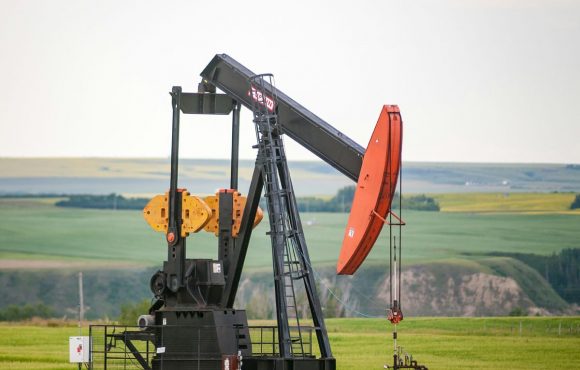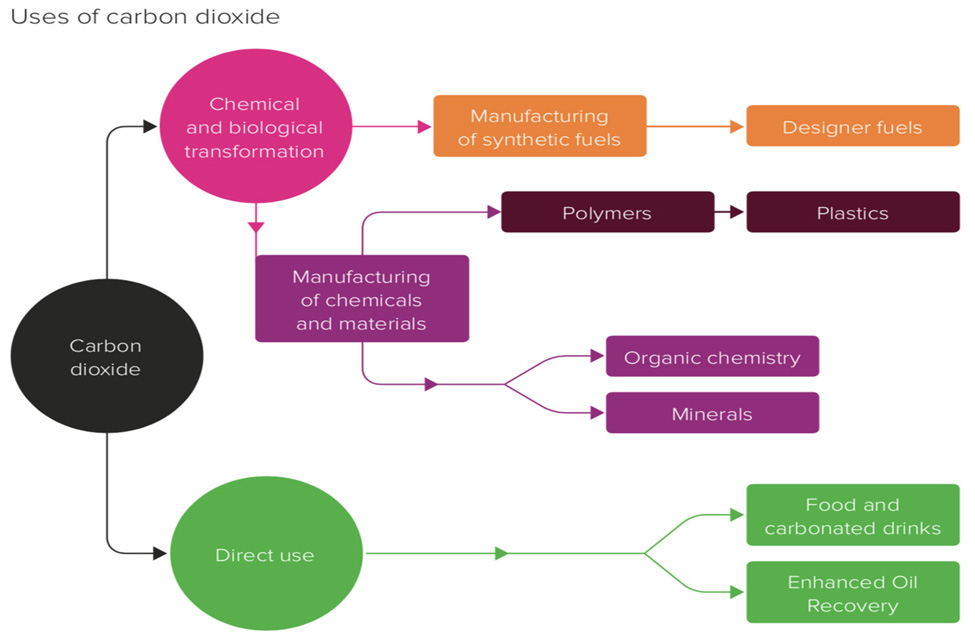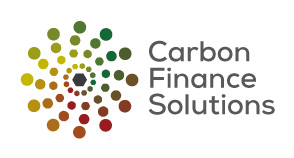Mr. Clyne is the managing principal of Carbon Asset Developer Associates Grenada Limited and a World Bank PMR expert. Mr. Clyne is a Senior International Low-Carbon Project Developer, registered carbon market expert, certified utilities regulation and strategy professional, intended Nationally Determined Contributions (INDC) / Nationally Appropriate Mitigation Action and Plan readiness and implementation strategy consultant. He is also a registered Clean Development Mechanism (CDM) climate change, clean energy, and energy efficiency finance specialist. Mr. Clyne is a seasoned planning professional with over 30 years of management, project delivery, finance experience, and industrial know-how in oil and gas/petrochemical carbon offset and certified emission reductions, international emissions trading, large-scale sustainable development, renewable energy systems, and energy efficiency.
CADA will ensure payback for investors and establish project scope and design parameters needed for bankable economic viability including:






